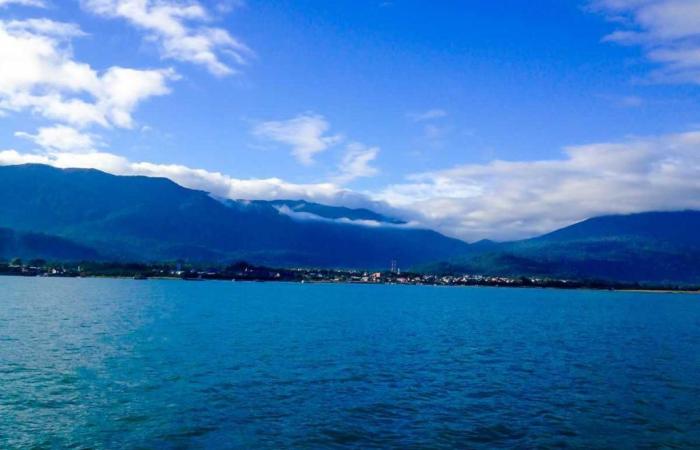It reappeared after years of absence on the coasts of Argentine Patagonia: when it was seen right in the water, scientists rejoiced.
After years of absence, a species that was believed, in fact, extinct has reappeared: we are referring to the Northern whale which has been seen – recently – on the Argentine coasts. Just think that the last time it was sighted was way back in 1929. On the other hand, it is an endangered species that – usually – can be seen on the coast of Argentine Patagonia, in the Gulf of San Jorge, in the province of Chubut . Let’s discover together what importance this sighting has.
After years of absence, the sei whale has reappeared on the coasts of Argentina
The gigantic ones sei whaleswhich disappeared from the coasts of Argentine Patagonia a century ago due to hunting, are beginning to reappear, also thanks to the conservation and protection actions that have been implemented for this endangered species.
In the 1920s and 1930s, however, the whaling ships – which moved along the coasts of Argentina – noticed that the populations of these animals were starting to decline. In the last 50 years, however, the bans imposed on commercial whaling have allowed the species to return to its natural habitat, after years and years of absence.
“They disappeared because they were hunted, they didn’t become extinct, but they were so small that no one saw them“, he said Mariano Coscarellabiologist and marine ecosystem researcher at the Argentine state scientific agency CONICET.
Coscarella added that it essentially took decades for whale numbers to recover enough to allow them to be spotted again, something that has only begun to happen in recent years.
“In this case it took more than 80 years,” Coscarella said. “They breed every 2 or 3 years and – so – it took almost 100 years for them to have any appreciable numbers for people to realize they were there.” Therefore, it can be considered a real miracle, even if – in truth – this result depends on the policies implemented for the protection of the species.
Mapping animal movements
The team worked to equip some sei whales with satellite locators to map their migration patterns, thanks to the funding of the project Pristine Seas del National Geographic. They therefore recorded footage from boats, drones and underwater.
“We can consider this a conservation success on a global scale“Coscarella said, adding that the global moratorium on whaling was key to the improvement in recorded numbers. She also stressed that countries withdrawing from this agreement would jeopardize the recovery.
“After hunting reduced the population of sei whales to a minimum, almost 100 years later, this population has started to recover and now they arrive in the same places they were before they were hunted“, he concluded.






